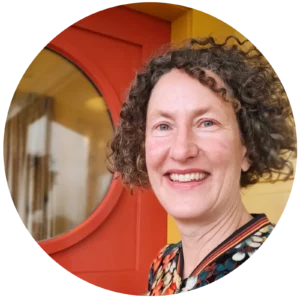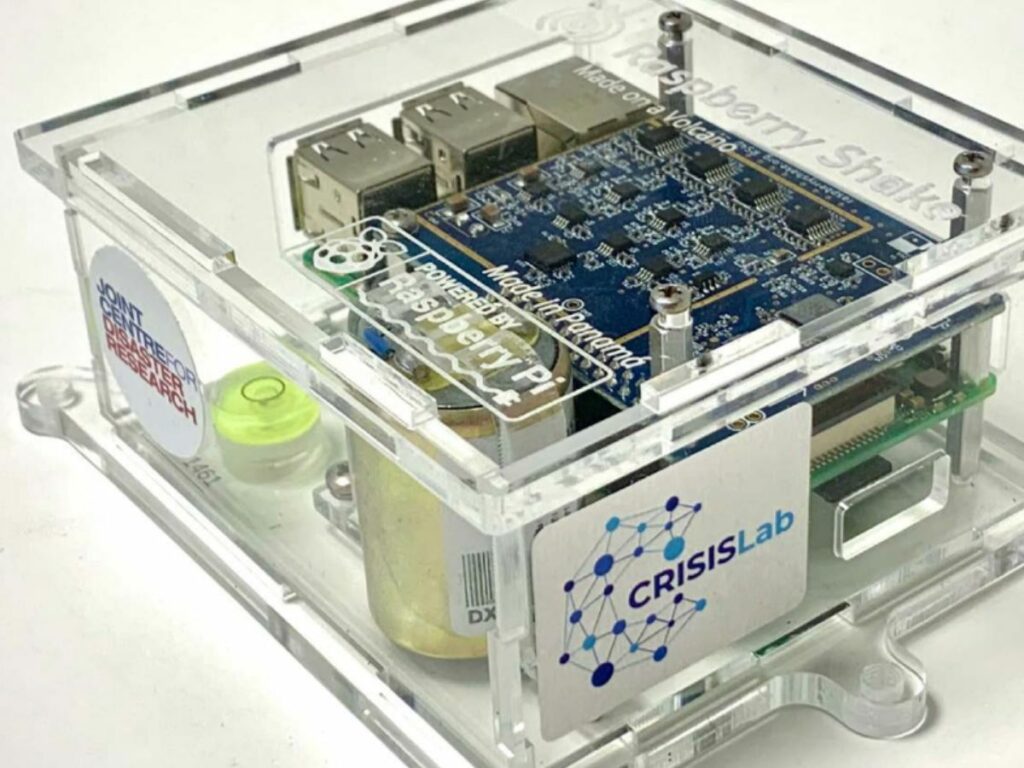When the magnitude 8.1 Kermedec earthquake occurred on 5 March 2021, the children of Matatā Public School knew what to do. Although there was no strong shaking on the mainland of Aotearoa New Zealand, they knew it was time for a tsunami hīkoi – time to get to high ground in case of waves inundating their school.
The school was highly prepared because, as well as their regular drills, they had hosted the national earthquake drill and tsunami hikoi – ShakeOut – in October 2020. Civil defence officials and scientists joined the children to “drop, cover, and hold” in a livestreamed exercise in which 670,000 New Zealanders practised their earthquake response. The school had also been given their own seismometer to monitor earthquakes.
Te Hiranga Rū QuakeCoRE researchers have installed seismometers in 11 schools so far with plans to expand. Giving seismometers to schools is not a new idea, but technological advances, such as those provided by Raspberry Shake (who make seismographs powered by raspberry pi computers), are making it easy for schools to become part of a global seismic monitoring network. However, as Principal Investigator David Johnston explains, “It’s not all about the instruments. The seismometers are a starting point for building relationships and having conversations about natural hazards.”
Scientists from Massey, Canterbury, and Victoria Universities, and GNS Science are introducing natural hazard activities into schools as part of the seismometer roll-out. Interaction with scientists can help children prepare for events, improve their understanding of natural hazards, contribute to science advances, and be aware of different careers. Children are also likely to take preparedness knowledge into homes. Connecting with the school’s stakeholders and leaders, particularly the principal, board of trustees and mana whenua, has been critical to success. Working with schools aligns with QuakeCoRE’s vision of a resilient country where communities are prepared for disasters and the preparation has been informed by excellent research.
QuakeCoRE is collaborating with other research programmes to maximise the potential of school-based seismometers. Bay of Plenty schools are helping monitor seismic activity of the Taupō supervolcano for the programme ECLIPSE (Eruption or Catastrophe: Learning to Implement Preparedness for future Supervolcano Eruptions). Wellington schools are helping pilot a move towards citizens monitoring cities in the Resilience to Nature’s Challenges Programme.
After the ShakeOut exercise at Matatā School in 2020, teachers reported that some children were unsettled by the idea of a big earthquake or tsunami. However, when the real event struck in March 2021, children faced it with calm confidence because they had practised. As David reflects, “This is exactly the outcome we’re hoping for after running preparedness exercises – not only will children be physically safe, but they’ll also feel empowered by the knowledge they have.”

